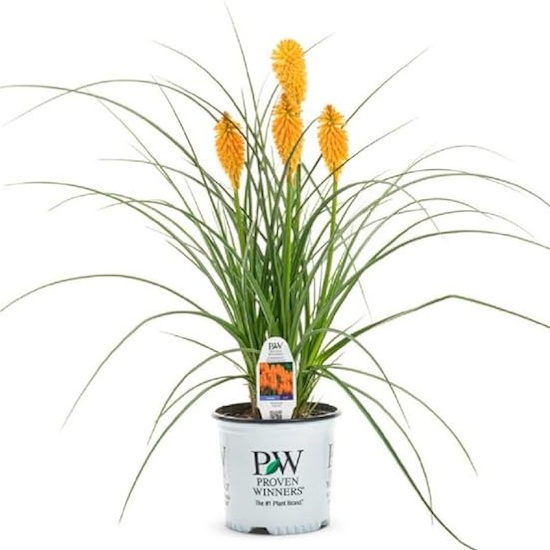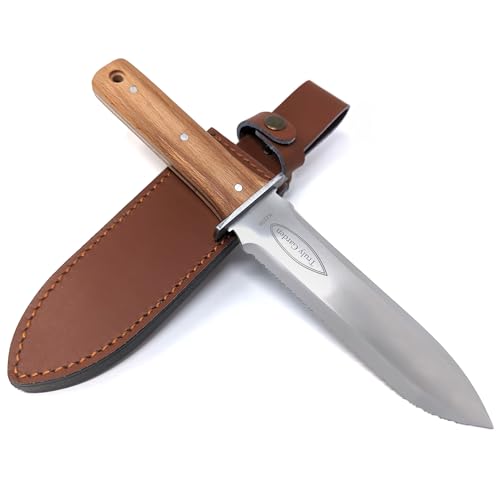How to grow red hot poker – for low-maintenance and long-lasting flower spikes that pollinators adore
If you enjoy colorful, vibrant borders, there can be no better perennial to grow than red hot pokers
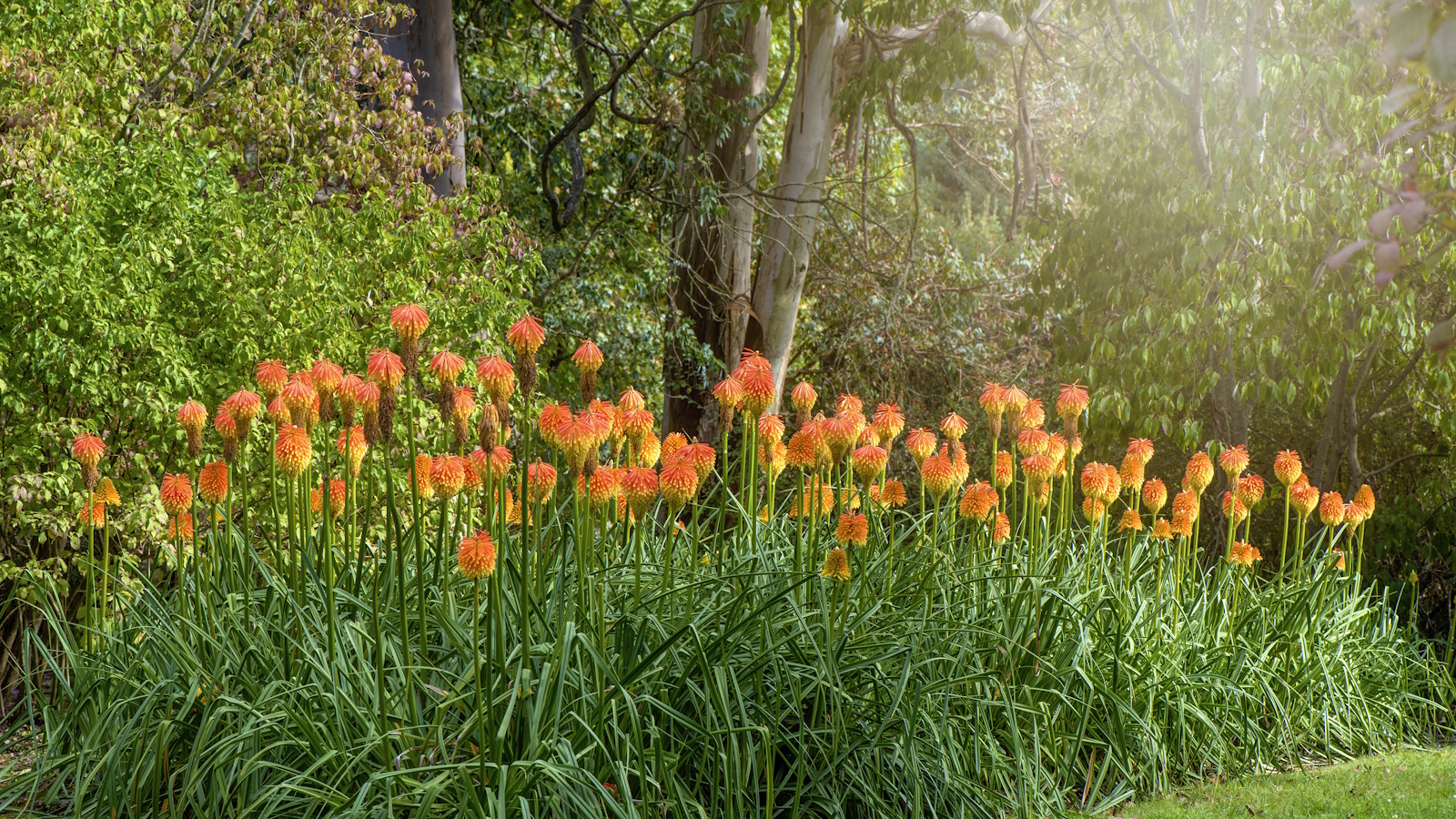
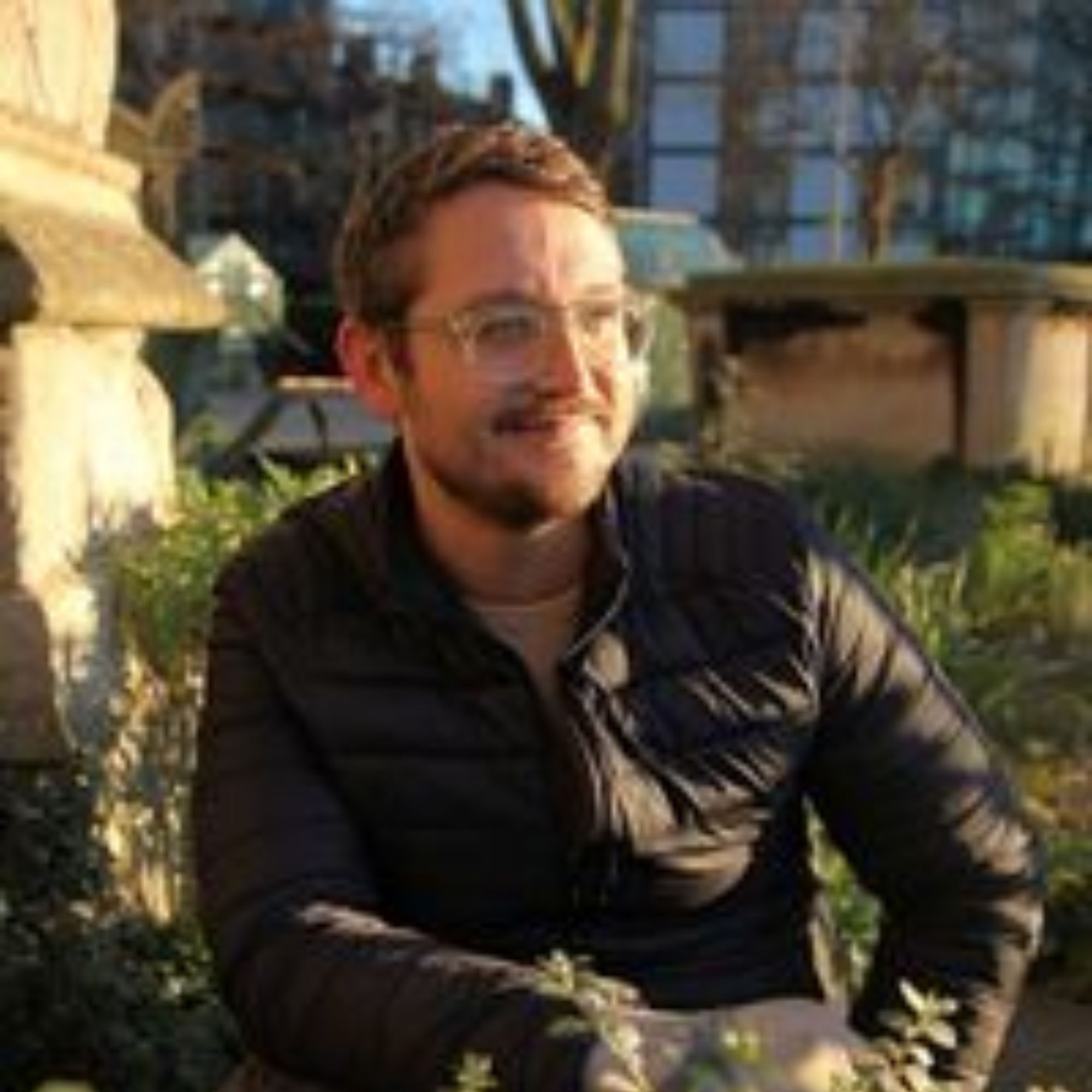
Red hot pokers, or Kniphofia, are high-impact, low-effort perennials, proving to be tough, reliable and showstopping. What more could you ask for?
Native to the eastern regions of South Africa, red hot pokers thrive in sunny locations. All species have distinctive tubular blooms that are arranged in clusters atop tall flower spikes, as can be seen in the images here. If you are a fan of red, orange or yellow in the garden, red hot pokers are, I think, the ultimate hot-colored perennial.
So, if you are looking to grow some of the best perennials that will bring a vibrant aesthetic to your yard, learning how to grow red hot poker plants is a good idea. Here, one master gardener reveals all you need to know to succeed.
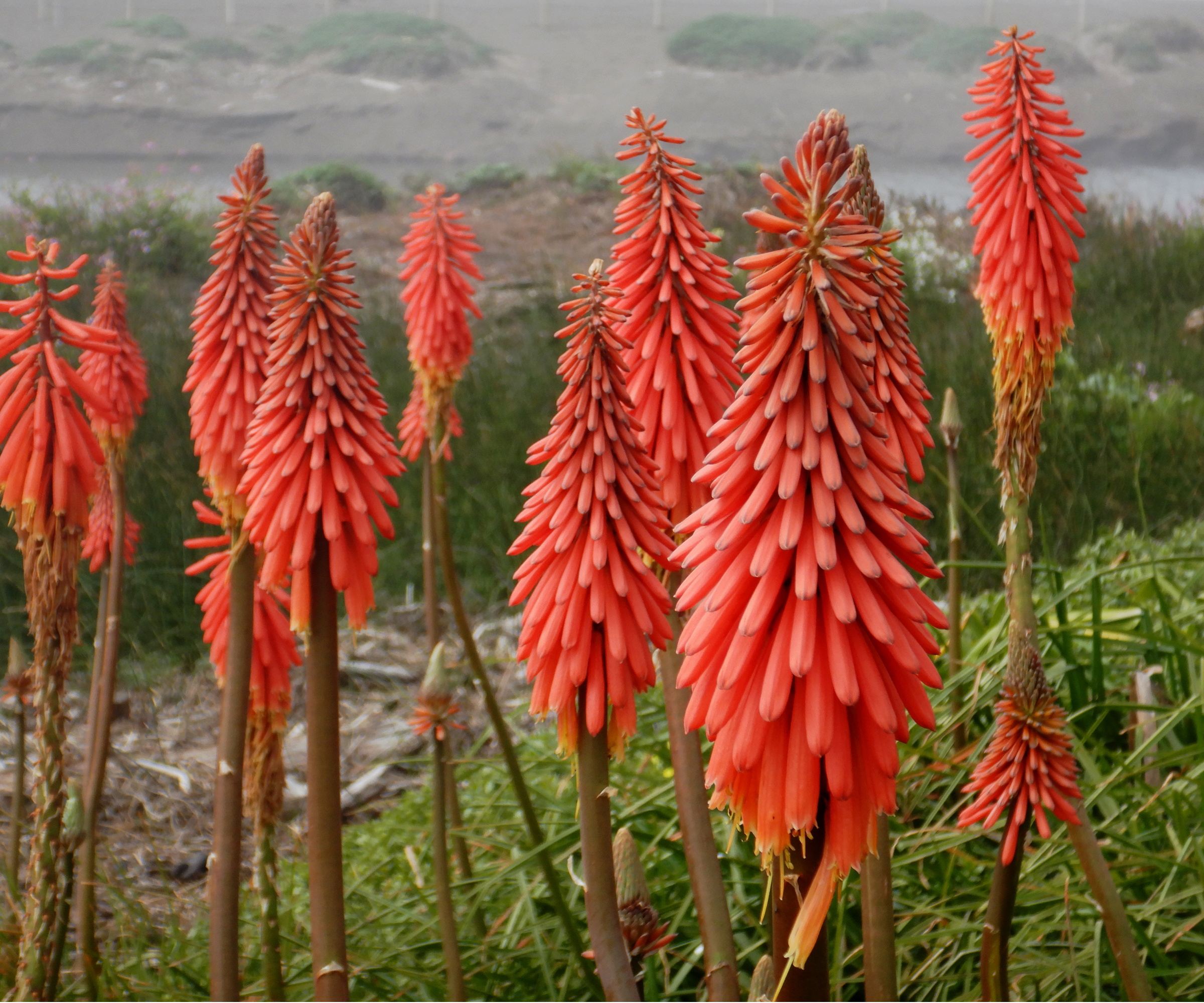
How to grow red hot poker
Red hot pokers are some of the best tall perennials, providing a colorful vertical accent to borders. There are many different red hot poker varieties, with over 70 species and many more hybrids, so you are sure to find one to suit your taste and garden style.
Growing habits for red hot poker plants

'Red hot pokers are striking perennials that thrive in US hardiness zones 5 to 9,' says Tabar Gifford, plant expert and American Meadows master gardener.
'Native to the southern tip of the African continent, these plants thrive in sunny yards with well-drained soil. In fact, red hot pokers are better suited to survive drought than waterlogging, so avoid growing this perennial if you suffer from damp soil or have clay-based borders.
'The flowers are tubular and come in red, orange, yellow or white, typically blooming from summer through to early fall,' Tabar adds. 'They are considered some of the best perennials to attract hummingbirds, providing a continuous nectar source that pollinators will find irresistible.'
Planting red hot pokers is best done in early spring, usually around April or May, which will give them time to settle before the high heat of summer. Combine some enriched potting soil or mulch when planting to give your red hot pokers the best start.
When planting, gently tease out the fleshy roots and plant the rootball at the same depth it was in the plastic pot. Then, firm the soil with your foot before completing some deep watering.
Live Kniphofia plants are available to order from Amazon.
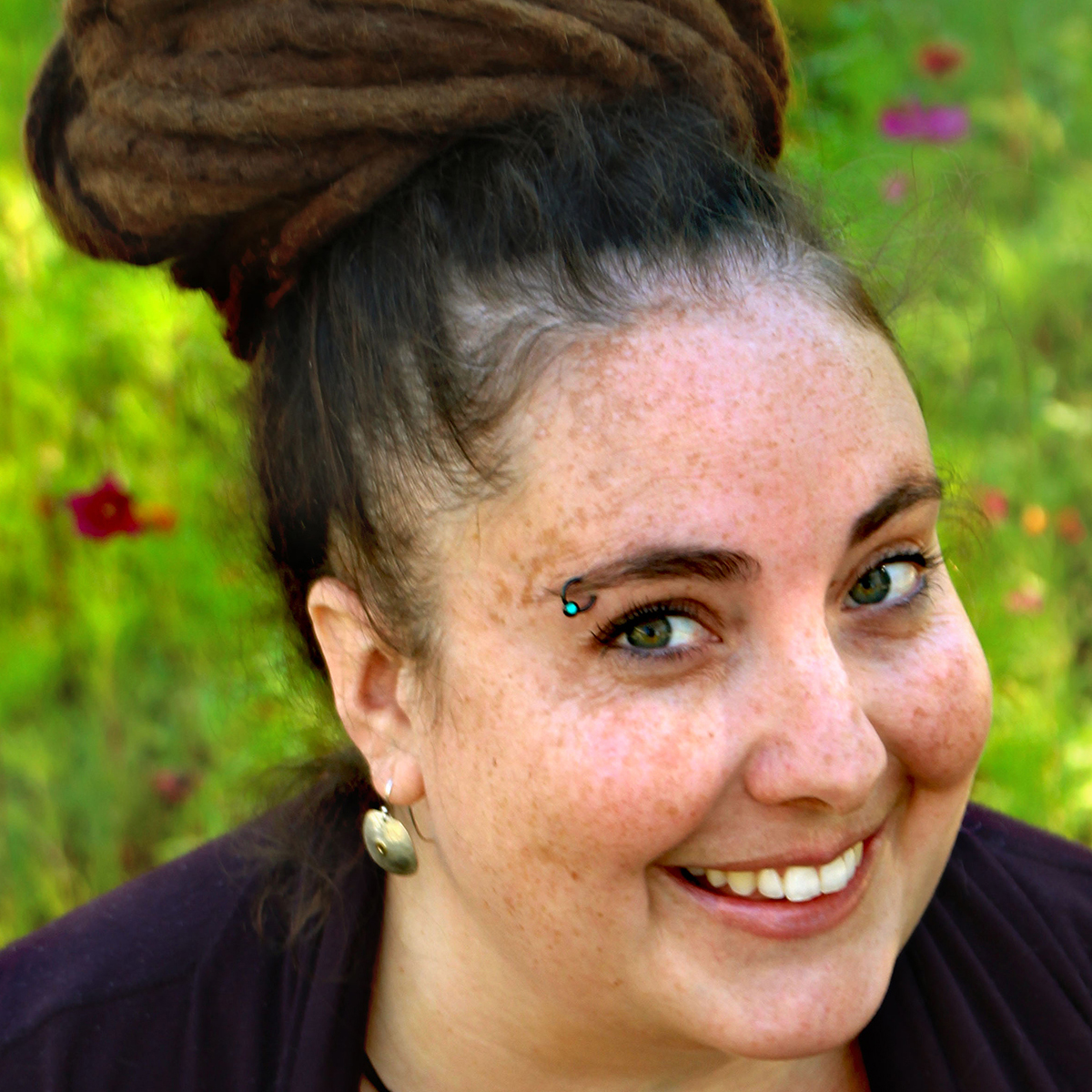
Tabar is the Customer Experience and Partnership Cultivator at American Meadows and High Country Gardens. Tabar is also a Master Gardener and dedicated “plant geek,” who has a lifelong love for gardening and nature and a background in environmental studies. She gardens in zone 4 in Vermont.
Grow guide for red hot pokers

Soil: Red hot poker plants grow in very dry soil in South Africa and are well-adapted to drought conditions. Therefore, free-draining soils that have been slightly enriched with compost will suit them best. In general, red hot pokers can be grown in most soils, but waterlogging and damp soil is one of the few things that can kill them.
Light: Plant your red hot pokers in full sun, ideally with six or more hours of direct sunshine each day. They will tolerate some shade, particularly in warm, southerly regions, such as Florida or Texas, but in cooler northern states, give them as much sunshine as possible.
Fertilizing: Red hot poker plants thrive in free-draining, sandy and poor soils, and so feeding is not generally necessary. Mulching your plants once per year will help to improve the soil health will provide all the nutrients that your plants need. Feeding red hot pokers when it is not needed is a fertilizer mistake to avoid, and it can even damage the plant.
Pruning: You can either prune red hot poker stems in fall, after flowering has finished, or in late winter, before the new shoots emerge. You might prefer to leave the stems to stand through winter to provide interest in the winter garden, but the choice is up to you. If cutting back in late winter, be careful not to damage any new shoots emerging at the base of the plant.
Winterizing: In very cold areas, such as US hardiness zone 5, it is a good idea to protect the crown using the cut-down stems or homemade mulch. Taking the time to cover the crown will prevent rot and ensure that your plants return the following spring and summer.
Toxicity: Kniphofia spp. are generally regarded as non-toxic to pets and children.

These durable touchscreen gardening gloves are perfect for tough jobs, including planting red hot pokers in your yard.
FAQs
Are red hot pokers invasive?
Red hot pokers are known to be vigorous plants and can quickly establish and spread by rhizome. For this reason, they are considered invasive perennials in several US states, including California and Oregon. For more information on what you should and should not grow in your region, contact your local government office.
Can I grow red hot pokers in a small yard?
Yes, you can grow red hot pokers in small yards, but be warned they are vigorous plants and can quickly take over borders. 'In smaller space, why not learn how to grow red hot pokers in pots,' says Tabar. 'For container growing, use a large, deep pot with well-draining soil and position it in full sun to ensure healthy growth and abundant blooms.'
You could also try growing a dwarf variety in small borders or in pots, such as Kniphofia pauciflora, which has delicate red and yellow flowers and grows no taller than two feet.
In general, red hot pokers are considered pest-free, but you might notice a few holes in the flowers. This is nothing to worry about, but is the result of nectar thieves, with some short-tongued bees biting the flowers to be able to access the nectar deep inside.
Try planting red hot pokers alongside other joyful flowers, such as yellow heleniums, pink canna lilies or umber rudbeckias. For more inspiration, see our guide on perennials to pair together and fill your yard with color this year.
Sign up to the Homes & Gardens newsletter
Design expertise in your inbox – from inspiring decorating ideas and beautiful celebrity homes to practical gardening advice and shopping round-ups.

Thomas is a Content Editor within the Gardens Team at Homes and Gardens. He has worked as a professional gardener for both public spaces and private estates, specializing in productive gardening, growing food and flowers. Trained in Horticulture at the Garden Museum, he has written on gardening and garden history for various publications, including The English Garden, Gardens Illustrated, Hortus, The London Gardener and Bloom. He has co-authored a Lonely Planet travel book, The Tree Atlas, due out in 2024.
You must confirm your public display name before commenting
Please logout and then login again, you will then be prompted to enter your display name.
-
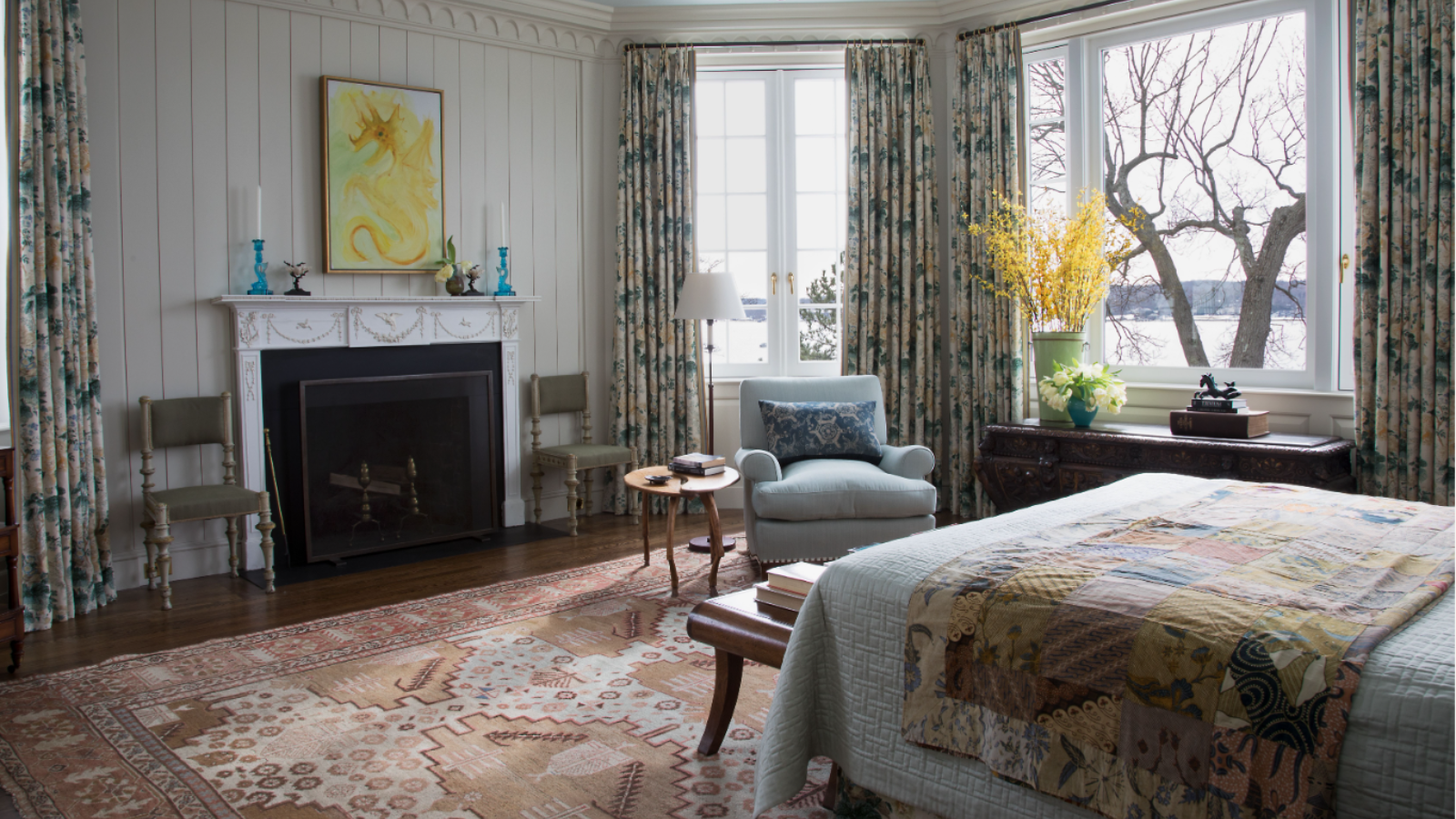 What is an estate sale? Everything you need to know about how they work and what to expect, whether you are holding one yourself or shopping second-hand gems
What is an estate sale? Everything you need to know about how they work and what to expect, whether you are holding one yourself or shopping second-hand gemsIt pays to know exactly what you are getting into when shopping at estate sales
By Ciéra Cree
-
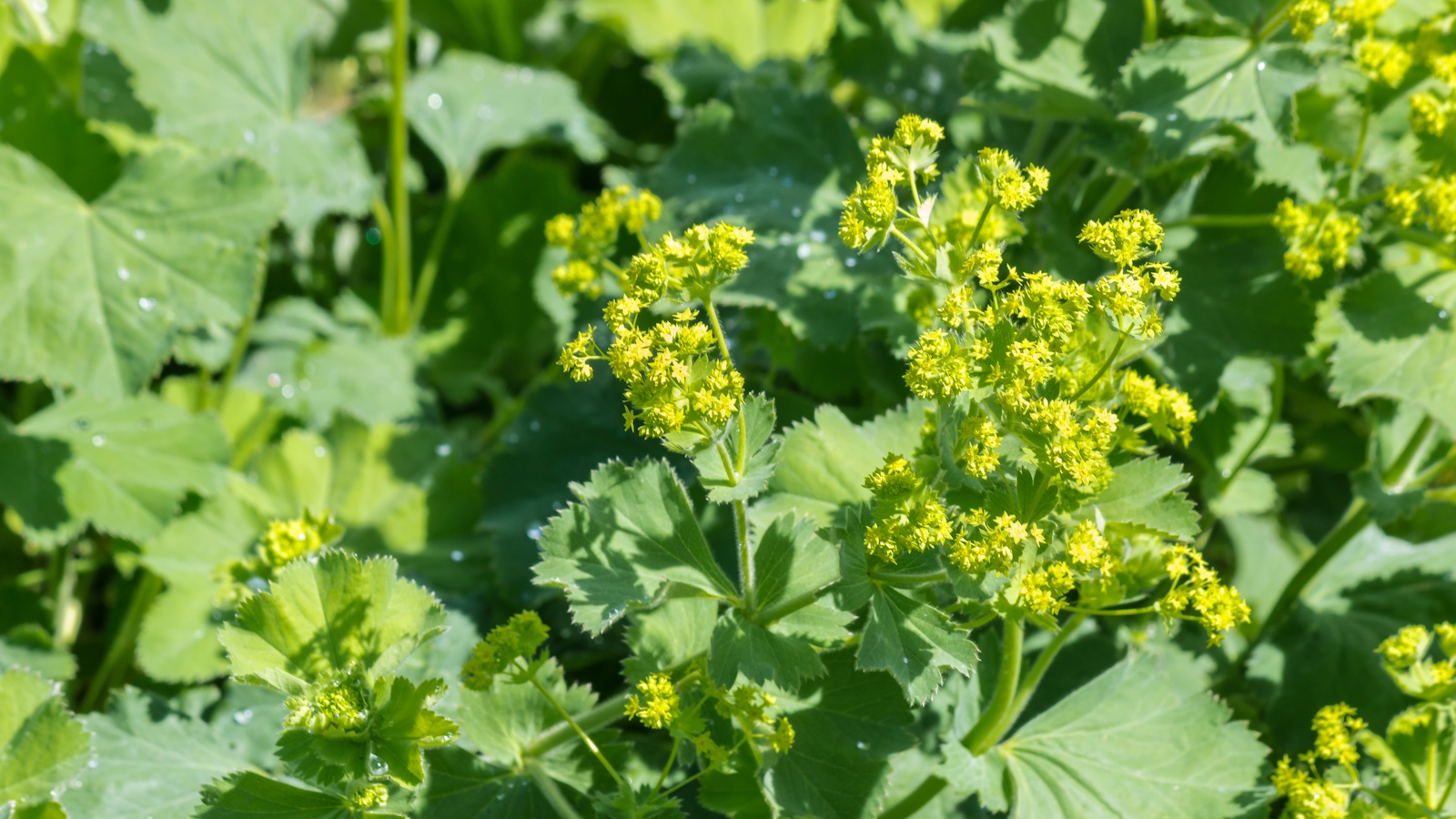 How to grow lady's mantle – for a shade-tolerant ground cover plant that will thrive in challenging borders
How to grow lady's mantle – for a shade-tolerant ground cover plant that will thrive in challenging bordersWith lush green foliage and luminous lime flowers, lady's mantle can add color and impact
By Thomas Rutter
-
 How to grow lady's mantle – for a shade-tolerant ground cover plant that will thrive in challenging borders
How to grow lady's mantle – for a shade-tolerant ground cover plant that will thrive in challenging bordersWith lush green foliage and luminous lime flowers, lady's mantle can add color and impact
By Thomas Rutter
-
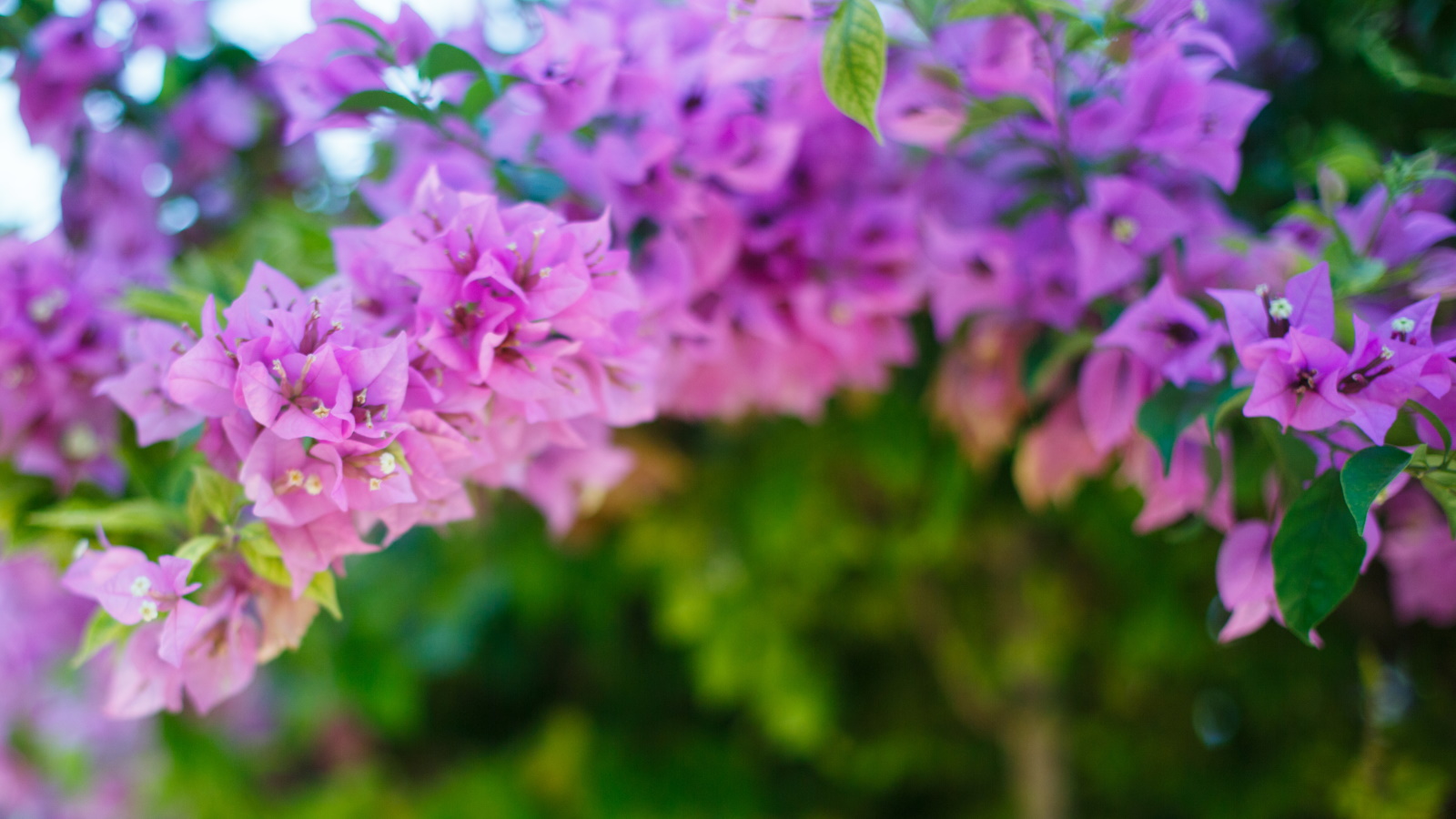 Best climbers to grow in pots – 5 easy-to-grow vines that will transform small spaces with vibrant color
Best climbers to grow in pots – 5 easy-to-grow vines that will transform small spaces with vibrant colorMake the most of small terraces, patios and balconies by filling pots with colorful climbers
By Thomas Rutter
-
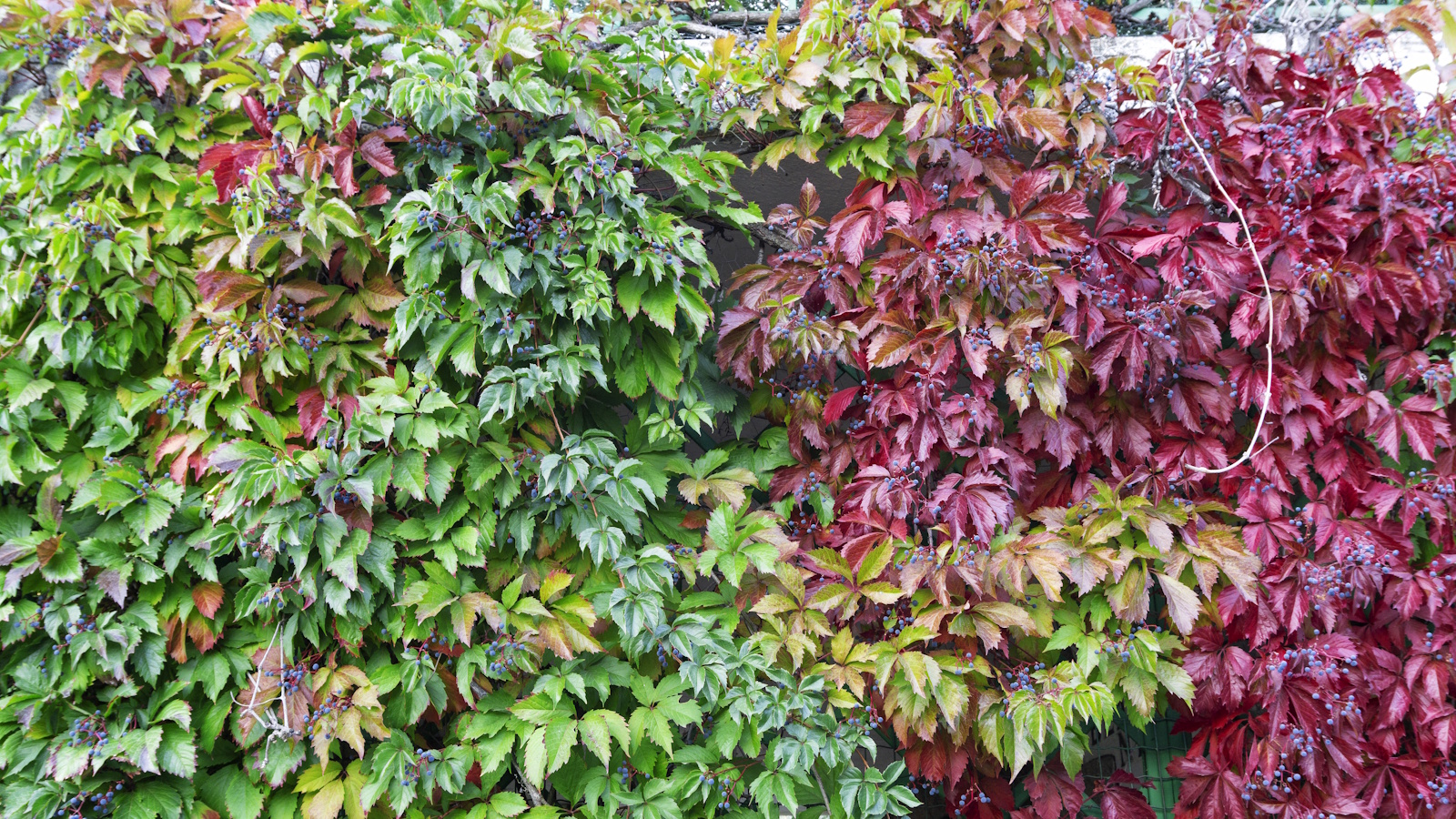 How to grow Virginia creeper – it may divide opinion, but this fast-growing, shade-tolerant vine will cover walls and fences in record time
How to grow Virginia creeper – it may divide opinion, but this fast-growing, shade-tolerant vine will cover walls and fences in record timeIf you are looking for spectacular fall color, Virginia creeper is the climbing plant to grow
By Thomas Rutter
-
 Best plants for a chicken run – 7 fragrant and floral plants for happy hens and beautiful coops
Best plants for a chicken run – 7 fragrant and floral plants for happy hens and beautiful coopsYour chicken run can be every bit as beautiful as your own garden, so long as you do your research first
By Kayleigh Dray
-
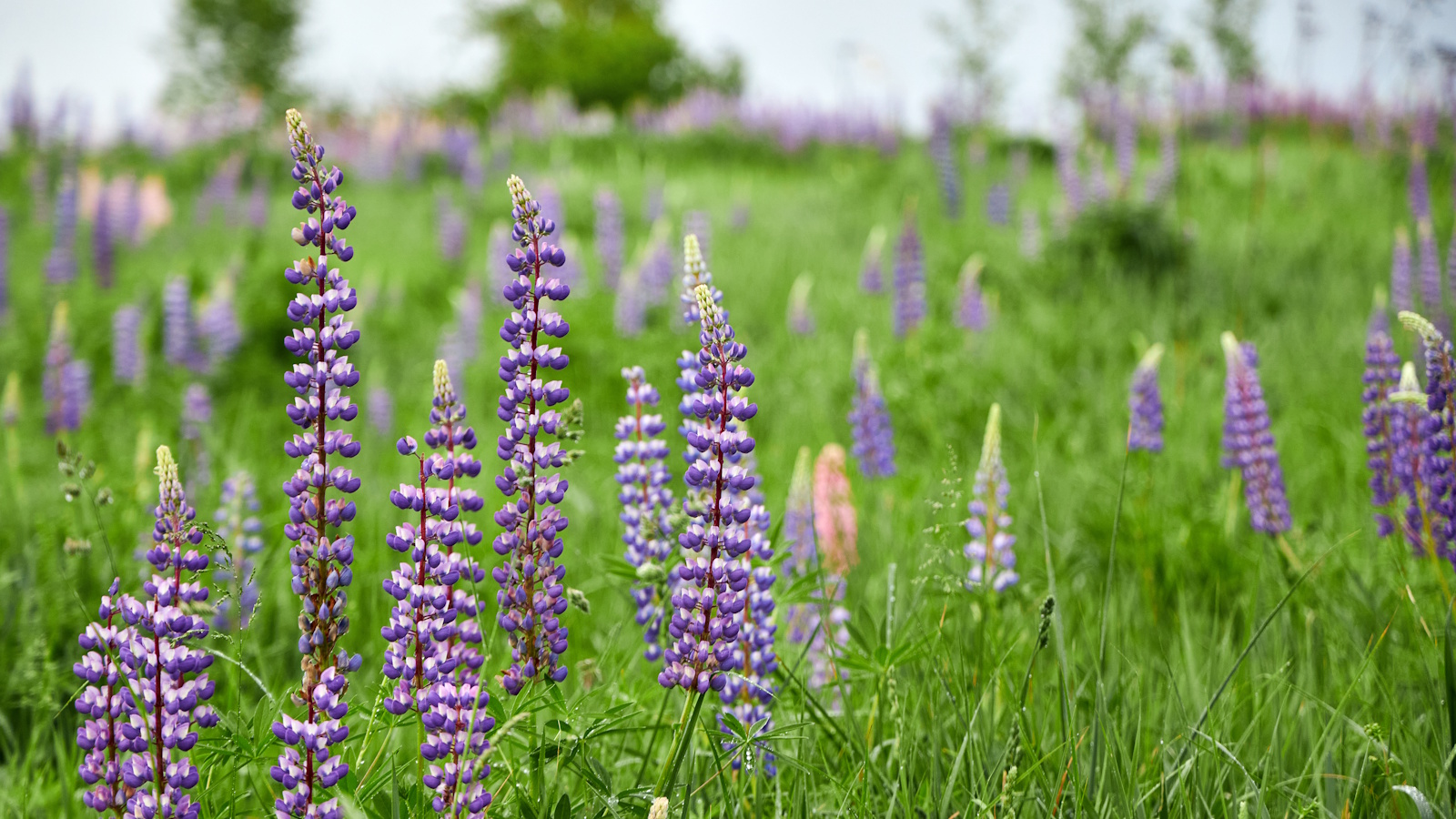 How to grow lupine – expert advice on growing this dramatic and vibrant cottage garden flower
How to grow lupine – expert advice on growing this dramatic and vibrant cottage garden flowerVibrantly colored flower stalks make swathes of lupines a sight to see in meadows and cut flower gardens alike
By Ellen Wells
-
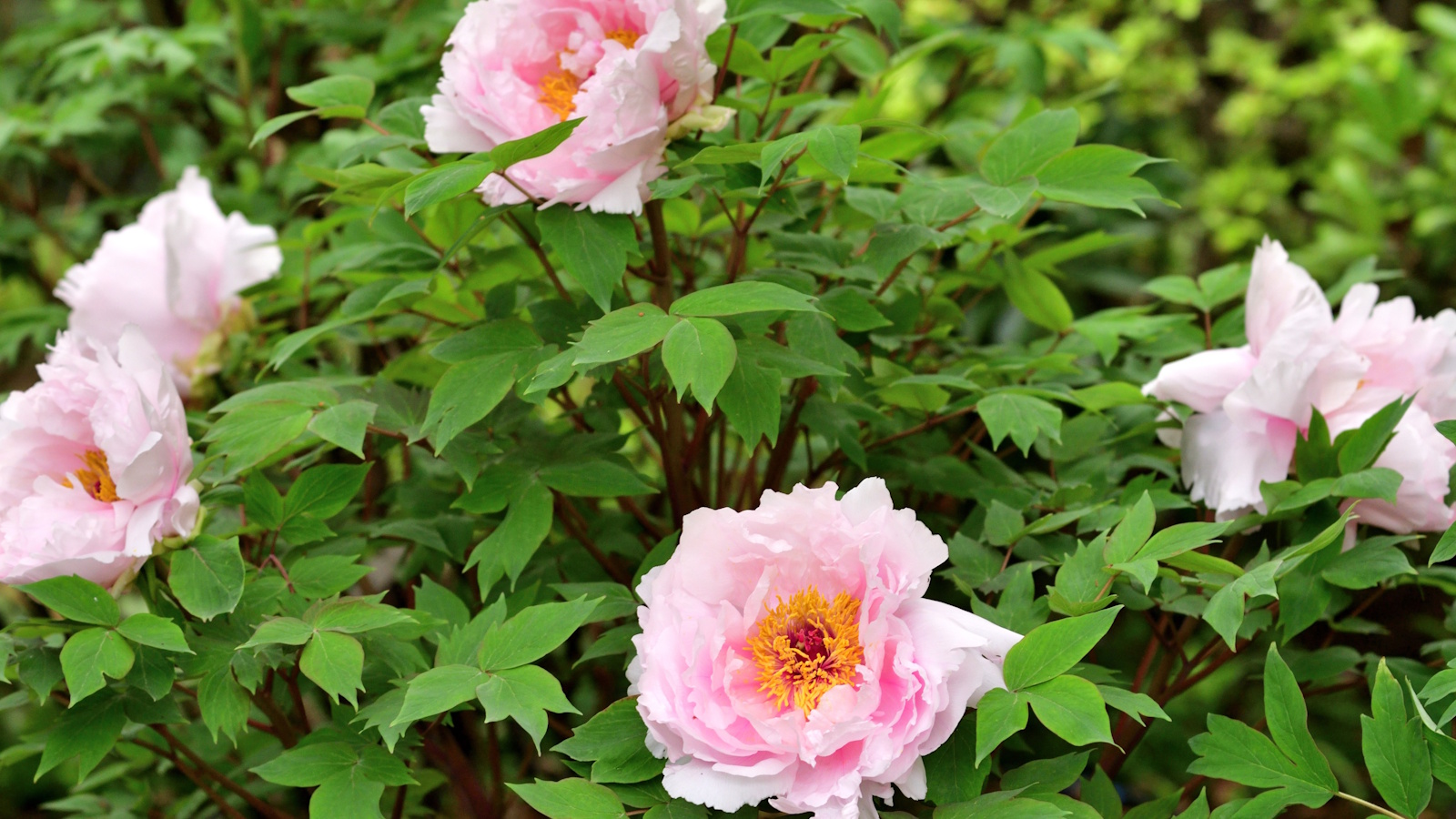 How to grow tree peonies in pots – for a show-stopping shrub that will thrive in partially shaded yards
How to grow tree peonies in pots – for a show-stopping shrub that will thrive in partially shaded yardsWith large, saucer-like blooms, tree peonies are the ultimate flowering shrub
By Thomas Rutter
-
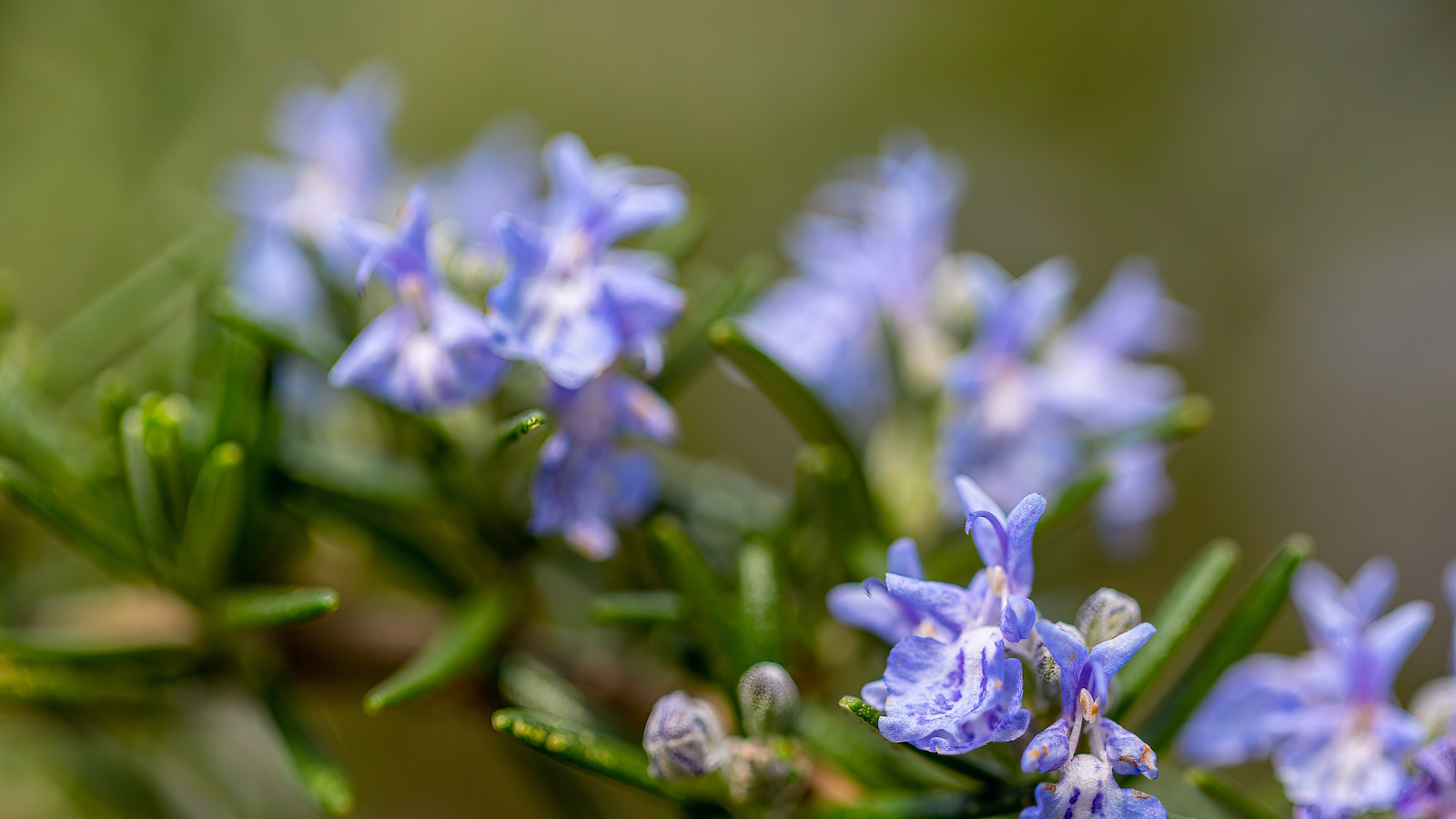 Can you revive woody rosemary plants? Expert pruning advice from a professional gardener to save old, leggy herbs
Can you revive woody rosemary plants? Expert pruning advice from a professional gardener to save old, leggy herbsWith the right pruning approach, old and woody rosemary plants can be brought back to life
By Thomas Rutter
-
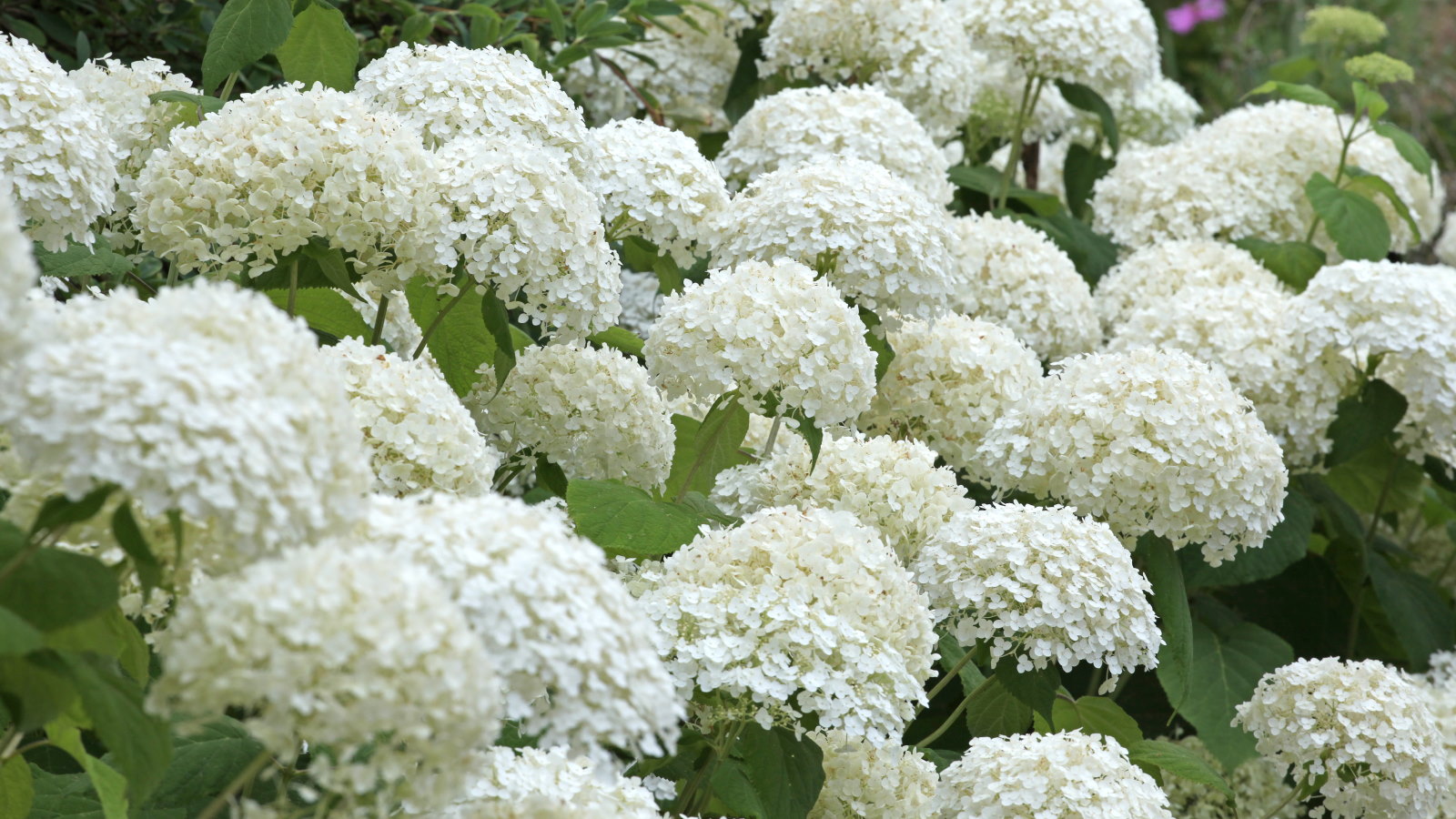 Your hydrangeas will flourish with bigger blooms and healthier growth thanks to this 1 natural material that is easy to use
Your hydrangeas will flourish with bigger blooms and healthier growth thanks to this 1 natural material that is easy to useDiscover why you should be using leaf mold to mulch hydrangeas
By Drew Swainston
